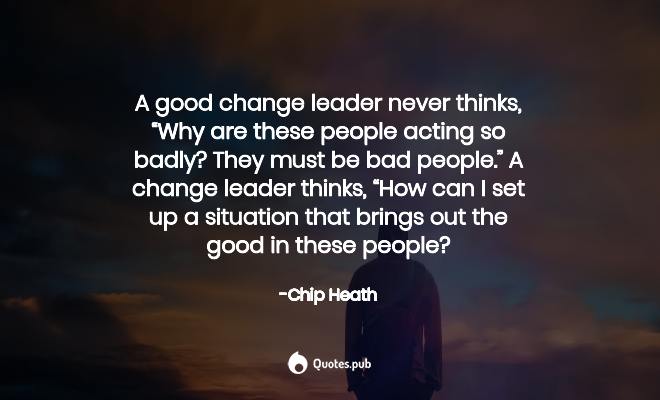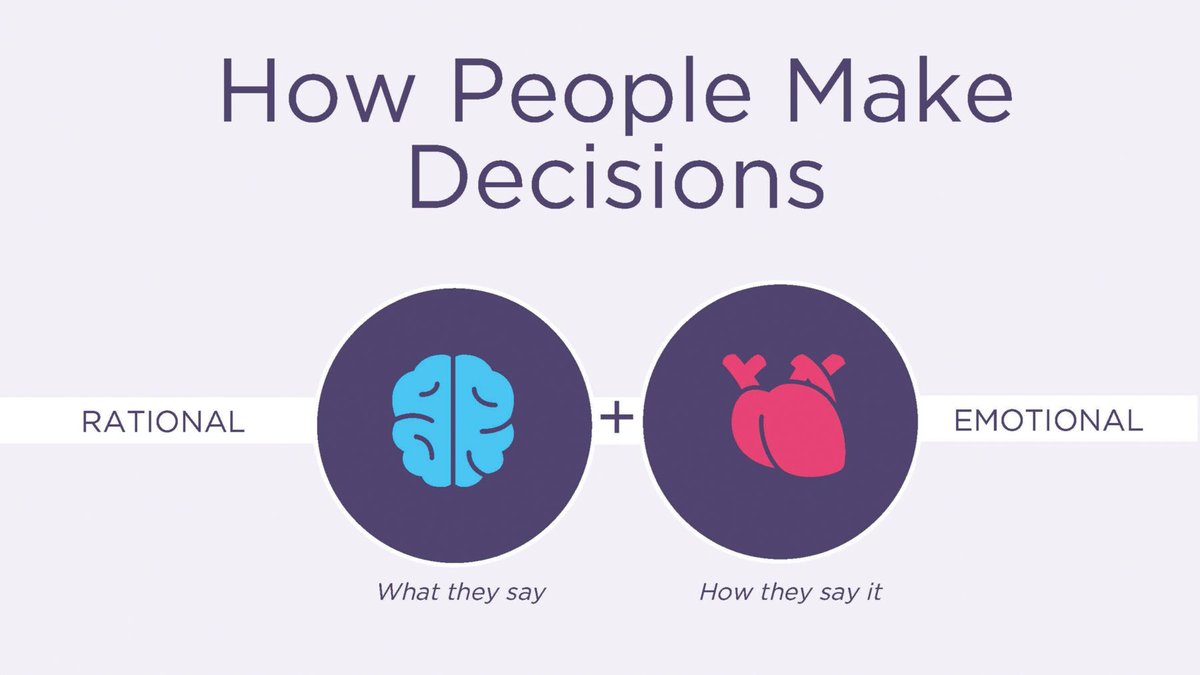
My take on TXA in TBI following an excellent review by @Kumait_Allawati @SameerSharifMD @Bram_Rochwerg & colleagues. disclosure I'm a co-author
Study objective? What is the efficacy & safety of TXA in acute TBI.
I'll provide my clinical interpretation & link to my practice
1/
Study objective? What is the efficacy & safety of TXA in acute TBI.
I'll provide my clinical interpretation & link to my practice
1/

There's been recent studies looking at this (CRASH 3) and one in the prehospital setting jamanetwork.com/journals/jama/…
This SR/MA provides a more fulsome look at the data including this brand new evidence.
2/
This SR/MA provides a more fulsome look at the data including this brand new evidence.
2/
The results?
In pooled analysis, TXA likely has no effect on mortality or disability.
A few considerations when I try to contextualize the clinicaly relevance. Not all TBI are equal. GCS 3 =/= GCS 12. A SDH is not the same as SAH or EDH etc. So their are limitations here
3/
In pooled analysis, TXA likely has no effect on mortality or disability.
A few considerations when I try to contextualize the clinicaly relevance. Not all TBI are equal. GCS 3 =/= GCS 12. A SDH is not the same as SAH or EDH etc. So their are limitations here
3/
When I evaluate a treatment, like all of us, we want to know the downsides. This study didn't identify any substantial safety issues. Maybe because its very safe...or maybe because there's minimal overall impact of TXA at all (either positively or negatively)
4/
4/
The studies included didn't allow for a more nuanced look at different degrees of TBI (either type or severity).
CRASH 3 concluded reduction in "head-injury related deaths" in mild-mod TBI.
Lots of debate & well constructed arguments for/against these conclusions...
5/
CRASH 3 concluded reduction in "head-injury related deaths" in mild-mod TBI.
Lots of debate & well constructed arguments for/against these conclusions...
5/
There is a trend towards hematoma reduction but this really requires further knowledge of the type of hematoma, location and initial size (like if no mass effect, a little reduction may not impact but if starting to have mass effect then maybe this matters)
6/
6/
Practically, I often make the decision to give TXA without even knowing the CT findings in many cases. So its typically done combining clinical exam, hemodynamics, trajectory, mechanism & timing of event.
7/
7/
I think it is fairly clear that these results certainly can't compel anyone to use TXA for all TBI patients. e.g. probably guidelines would be hard pressed for strong recommendation to administer it.
I also dont think giving TXA in TBI is a poor decision in some cases
8/
I also dont think giving TXA in TBI is a poor decision in some cases
8/
Also, to understand how I typically view medicine is nicely illustrated in a recent JAMA paper, i'd fall somewhere in the middle of these curves (though some may argue i'm far from sensible)
9/
jamanetwork.com/journals/jama/…
9/
jamanetwork.com/journals/jama/…

How will I use the data from this review in my practice?
1. prioritize other evidence-based strategies to improve TBI outcomes (reduce hypoxia, hypoxemia etc)
2. evaluate opportunity costs of my team giving TXA at expense of other interventions...& reduce TXA priority
10/
1. prioritize other evidence-based strategies to improve TBI outcomes (reduce hypoxia, hypoxemia etc)
2. evaluate opportunity costs of my team giving TXA at expense of other interventions...& reduce TXA priority
10/
3. when time allows, I will likely administer it to those with isolated TBI if moderate-severe clinical exam
4. higher priority if other sources of bleeding
5. If >3hrs from time of injury I won't give it.
11/
4. higher priority if other sources of bleeding
5. If >3hrs from time of injury I won't give it.
11/
6. when learners ask, I will tell them that I dont believe strong evidence but probability of it helping seems to outweigh harm in some groups. So I think omitting or including it in your TBI toolkit is fine either way.
12/
12/
7. I was the patient, then I would want it. I'm good with that as a basis for guiding my decisions.
8. And it were my parents. I would give it. But I recognize that all the other good neurocritical care is probably what matters most.
13/
8. And it were my parents. I would give it. But I recognize that all the other good neurocritical care is probably what matters most.
13/
Most importantly, I won't spend substantial cognitive effort at the bedside trying to decide. I think that's not worth it and potentially harmful. Hence why I'll try to script my decision process a priori.
end/
end/
ps. I think this data does help suppress need for large debate. This MA/SR review is very well done. Calls for "more trials"...🤦♂️ Its pretty clear each clinician will need to make decision based on their best appraisal of evidence coupled with patient in front of them.
• • •
Missing some Tweet in this thread? You can try to
force a refresh













